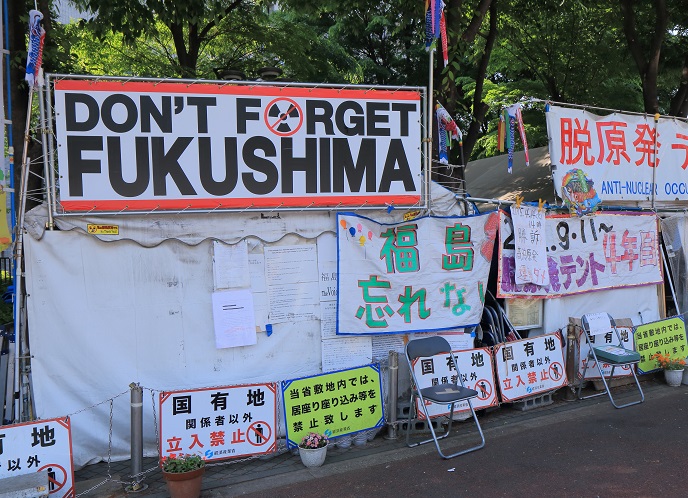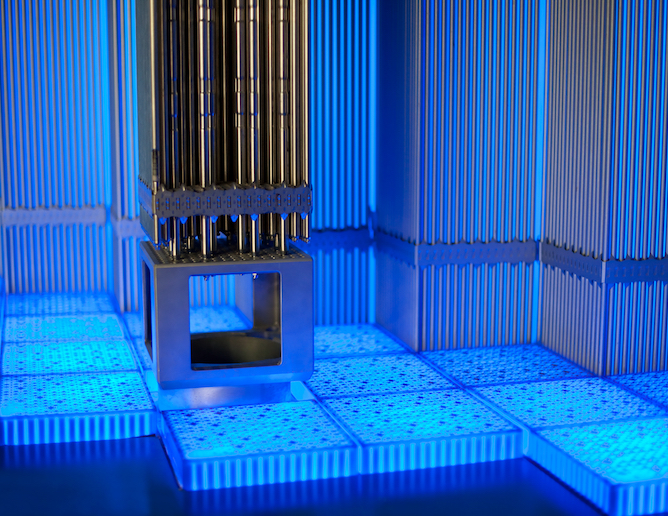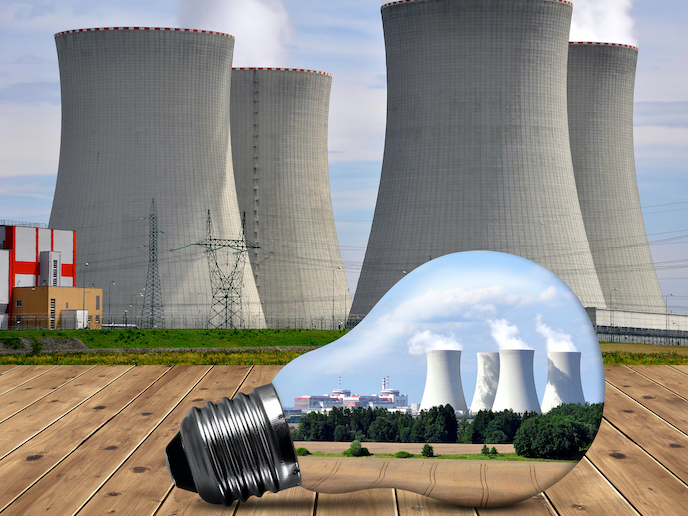EU fuel supply security ensured for nuclear reactors
Several countries in Eastern Europe rely heavily on electricity generated from Russian designed VVER-440 pressurised water reactors. Currently, the Russian company TVEL is the only supplier of nuclear fuel to these facilities. Therefore, the EU-funded ESSANUF project was launched with the goal to design a state-of-the art fuel for VVER-440 reactors in full compliance with nuclear safety standards. In addition to the VVER-440 nuclear fuel design, the ESSANUF project partners established the methods and methodologies required to qualify the fuel design for operation. They also defined the licensing scope for the fuel design in Finland, Hungary, Slovakia, Czech Republic and Ukraine. According to project coordinator Jan Höglund: “We now have a clear picture of the requirements to qualify a new VVER-440 fuel design and have implanted the plans and concepts to implement it.” The initiative achieved excellent cooperation between the 9 parties involved who are located in different countries. Valuable input was also received from utilities and regulating bodies in each of the countries affected. “Face-to-face meetings were arranged early in the project, which significantly improved overall communication,” says Höglund. Improved Fuel design to be tested and validated The ESSANUF team selected the most suitable materials for all the fuel assembly components and identified necessary modifications to the earlier supplied VVER-440 assembly design to fulfil utility needs and regulatory requirements of each country. A development programme was established to test and verify the modified design and its manufacturability was assessed to identify any changes needed to the manufacturing processes and equipment. Thereafter, the project partners developed and validated methods and methodologies necessary to qualify operation of the modified fuel design in the participating countries. In particular, the models to simulate the fuel rod thermo-mechanical behaviour, corrosion and hydrogen uptake were improved enabling significant advances in the design of the fuel rods. “Models to support best-estimate and conservative safety analyses were incorporated into the TRANSURANUS fuel performance code, which plays a key role in the thermal, mechanical and neutron-physical analysis of fuel rods in nuclear reactors,” Höglund explains. Also, significant progress was made to verify and validate the methods and methodologies to simulate the neutronic and thermal hydraulic behaviour of the fuel design. Finally, researchers developed a nuclear criticality safety methodology for the EU and Ukraine based on International Atomic Energy guidelines and regulations, taking into account national requirements. Nuclear fuel diversification ESSANUF generated new knowledge, identifying improvements in the fields of mechanical design, thermo-mechanical fuel rod design, and safety analysis for VVER fuel. This helped to fulfil Europe’s need for advanced and reliable nuclear fuel, thereby safeguarding the EU’s energy supply by speeding up the diversification of the fuel supply for VVER-440 reactors in the EU and Ukraine. Furthermore, the project enhanced the communication and relationship between the utilities and regulators of the different countries by encouraging open discussions and the exchange of information between the different parties. “The initiative was an important step toward the diversification of the nuclear fuel market in the countries involved, providing long-term benefits to the utilities, industries and citizens that rely on secure electricity supply,” Höglund concludes.







